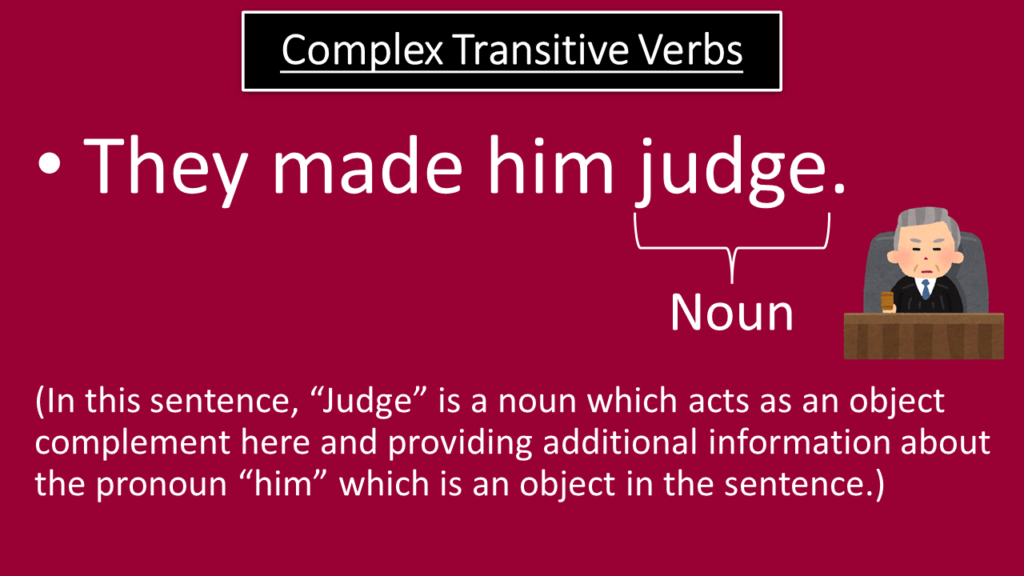Do you know what’s the difference between these two sentences? And which one is a Transitive Verb or an Intransitive Verb?
- The girl grinned.
- Riya wrote a letter.
Today, we will learn each and every detail about the Transitive Verb and Intransitive Verb.
Transitive Verb: Definition, Types and Examples
Transitive Verb is a verb which needs a direct object or indirect object after placing the main verb in the sentence. It follows the rule of “Subject + Verb + Object” agreement. The essence of the transitive verb lies in the direct / indirect object.
To find the transitive verb in the sentence, always ask “What” or “Whom” after the usage of the verb.
For Example:
She sold the bicycle.
(Here, the question arises in this form – “She sold what?” The answer is “the bicycle”. So, here sold is a transitive verb because it provides a complete meaningful sentence while using the object in the sentence.
Types of Transitive Verbs
- Di-Transitive Verb
- Mono-Transitive Verb
- Complex Transitive Verb
Di-transitive Verb
Di-transitive verb needs direct and indirect objects both in the sentence. It is also known as a bi-transitive verb. There are two types of Di-transitive verbs:
A) In the di-transitive verb, indirect object is placed between the verb and the direct object.
Rule – Subject + Verb + Indirect Object + Direct Object
For Instance:
– She sent me a headphone.
(Here, “sent” is a di-transitive verb, and “me” is an indirect object that comes between the verb “sent” and direct object – “a headphone”.)
B) Preposition (to/for) is placed after the direct object and before the indirect object.
Rule- Subject + Verb + Direct Object + Preposition + Indirect Object
– The doctor prescribed the medicines to me.
(In this example, “Prescribed” is a di-transitive verb, “me” is an indirect object that comes between the verb “prescribed” and direct object – “The doctor”)
Mono-Transitive Verb
Mono-transitive verb needs only one object (direct object).
Rule – Subject + Verb + Direct Object
For Instance:
– She broke a toy.
(In this example, broke is a mono-transitive verb because only one direct object is associated with the verb)
Complex Transitive Verbs
Complex transitive verbs need object and complement both to give a complete meaning of the sentence. In complex transitive verbs, the complement is placed just after the object in the sentence.
Complement can be a noun, noun phrase, adjective, participle, preposition with object, infinitive and adverb.
Rule – Subject + Verb + Object + Complement

For Example:
– My sister called me courageous.
(Here, courageous is an adjective that is used to provide clarity in the sentence. So, “Courageous” is an objective complement which is associated with “me”. “Me” is an object, “Called” is a Verb)
– Your journey shook me with tears.
(Here, ” with tears” is a preposition with object and shook is a verb. Therefore, “shook” is a complex transitive verb)
Intransitive Verb: Definition and Examples
Intransitive Verbs do not need an object to create an understandable statement or sentence.
For Instance:
– The baby cries.
(In this Sentence, “cries” is a verb and “the baby” is a subject who does the action. There is no object used in this sentence. That’s why “Cries” is an Intransitive verb)
– The vase shattered.
(Here, “shattered” is a verb and “vase” is a subject. The sentence is complete without having any object and That’s why “shattered” is an intransitive verb.)
Sometimes, Complements are used after the intransitive verb in the sentence to provide information about the subject. It is known as a subjective complement.
For Example:
– You need to go.
(In this example, “to go” is an infinitive that is used as a complement in the sentence to give information about the subject. Thus, “need” is an intransitive verb.)
Transitivity with Phrasal Verbs
When there is a direct object placed just after the phrasal verbs in the sentence, then it is a transitive phrasal verb. When there is no direct object placed after the phrasal verb in the sentence, then it is an intransitive phrasal verb.
For Example:
– I pay back the home loan to the bank within 7 years.
(Here, “Pay back” is a phrasal verb and enquire “I payback what?” The answer is “home loan”. It means “home loan” is a direct object and thus, “pay back” is a transitive phrasal verb.)
– Priya is brought up in India.
(In the above example, “brought up” is a phrasal verb and enquires about “Priya is brought up what?” But we don’t get the answer. Therefore, “Brought up” is an intransitive verb.
You might like:





